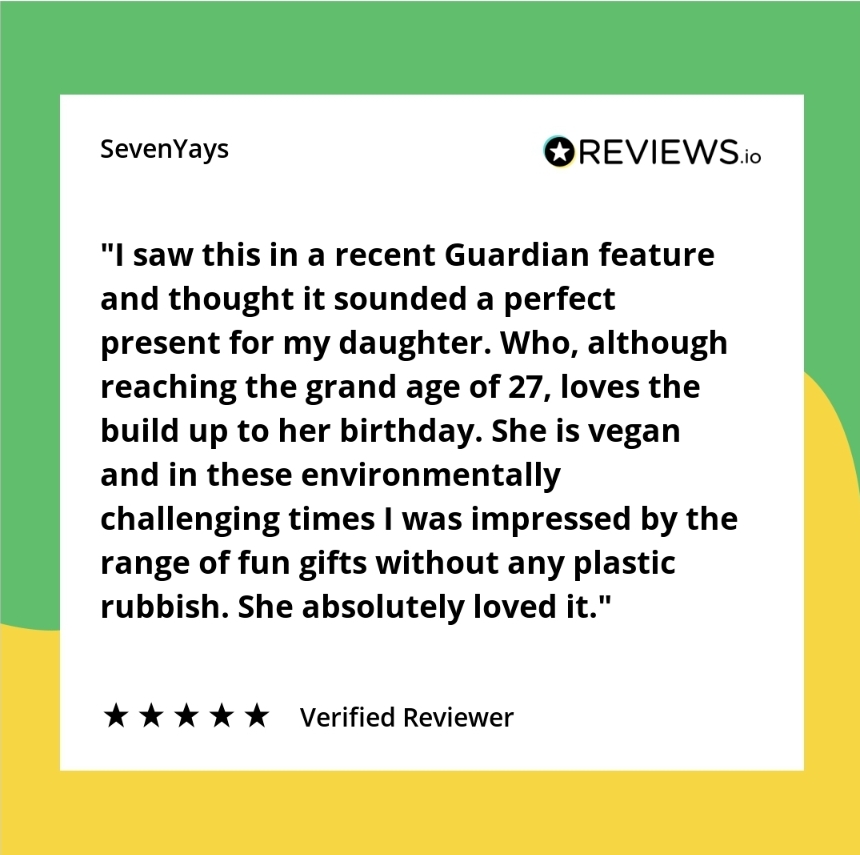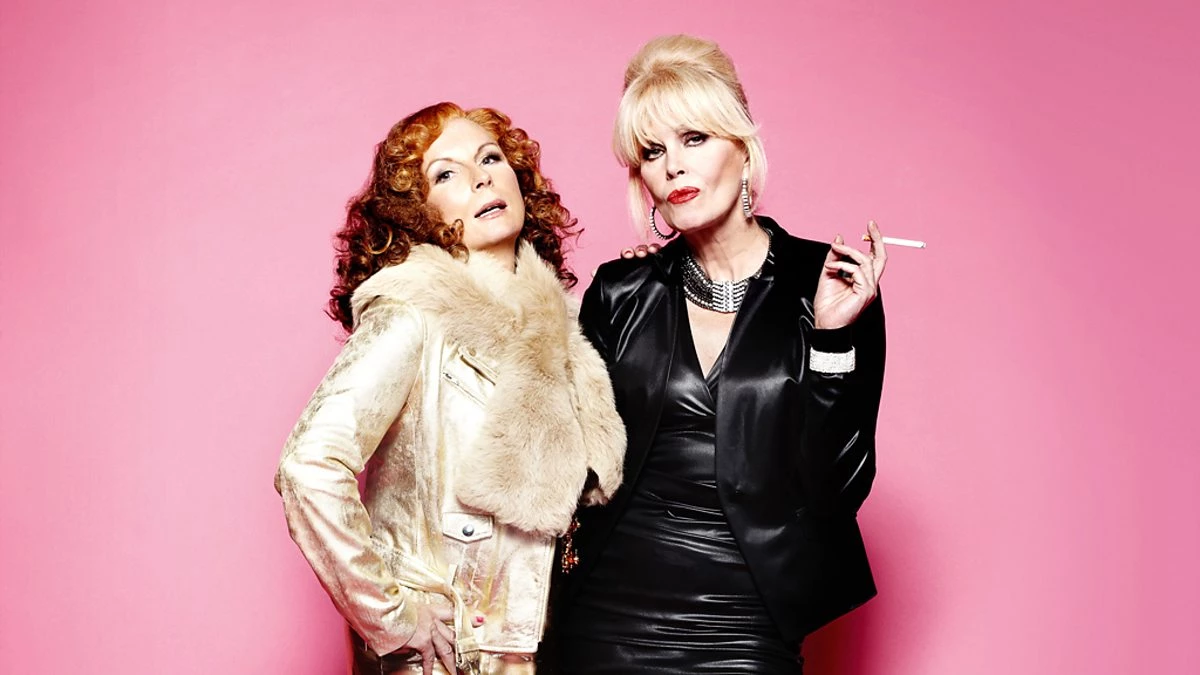We bust the top PR agency myths!
PR is one of the primary communications activities brands know they need as part of their marketing mix, but the perception of what it is, how it’s done, and the ease of doing it is sometimes far removed from reality.
Because it is not a pay-to-play space, although some brands do pay for coverage which is widely becoming more exposed, it can never be guaranteed, and brands must often be in it for the long haul for it to pay dividends. And consistency is key to building credibility and trust.
As well as supporting wider marketing activities and objectives and playing a huge part in the marketing ecosystem, PR can achieve what a lot of other activities can’t, but that still doesn’t stop it from being laden with misconceptions.
If you’ve never worked with a PR agency before, it can often seem like a dark art. Clients often expect instant results or coverage guarantees, and while PR ROI is much easier to measure these days, it can still be trickier to overcome some of the other common misconceptions.
So what are the top ones?
Good journalist contacts guarantee coverage
Good journalist contacts exist because you’ve spent time developing authentic relationships and have provided relevant and interesting content in the past, but that does not mean you can ever guarantee future coverage no matter how great the product or service.
You might be on first name terms with a journo’s dog/cat/mum, but you know the saying, there ain’t no so such thing as a free lunch, well that applies here too. Securing press coverage is a hard graft these days, even when you’re best mates with the editor.
A PR’s job is just attending lunches and parties while schmoozing with news editors and agents
Sadly, the Ab Fab days are over, and this archaic perception of how PRs work is a fundamental misconception. With brands and businesses fighting for the same space, and the impact of the ongoing pandemic on staff turnover, the media landscape has changed forever, making the job of a PR one of the hardest!
It can take hours and days of hard work, and chasing journalists to land good press coverage and the increasing commercialisation of the industry is another hurdle to have to overcome.
Media events are a waste of time and money
Media events are a great way to bring people together and educate them on a brand’s purpose. They help a product stand out in a crowded marketplace as well as offer a more immersive experience, which, let’s face it, we’re all craving right now.
It’s a lovely way to create some great UGC from an influential audience and give them an experience to remember, which can pay dividends in brand and product coverage in the future.
For a journalist, stylist, content creator, or buyer, press launches are an unrivalled way to bring products, services, key messages, brand experiences, and narratives together to help tell the story of the brand and showcase what’s new. But to do it right, rather than just a place to show off the latest collections, offer something more for attendees and give them a reason to say yes.
Print coverage doesn’t matter anymore
It’s not all about digital backlinks, print still has a purpose, and if your brand’s audience (or your audience’s influencers) are still likely to pick up a magazine or read the Sunday papers, it still matters.
As we all know, the online universe is incredibly noisy, and coverage competes with endless ads, pop-ups, and distractions. However, reading a magazine or newspaper is a more mindful experience, meaning your coverage is more likely to be noticed.
Our client SevenYays, recently received a glowing review for their innovative gifting products from a customer who had seen them feature in a Guardian print article – a trusted form of endorsement from a media powerhouse.

Product placement is the only way to drive sales
The product space in media titles is vast, and often product placements with a link can be a great way to drive sales. But think about other ways to drive awareness and ultimately trust and sales too.
Creative newsjacking, compelling thought leadership pieces, guerrilla stunts, and creative campaign executions can all give opportunities to make noise outside the product space and build longer term authority and brand equity.
You can’t measure PR like you can other marketing activity
The beauty of PR is that it CAN actually be measured very well these days, both qualitatively in terms of brand sentiment, trust scores, and the like, and quantitatively as well – and not just in terms of the audience reach.
Software gives us the capability to see PR’s impact on metrics, including site visits, search volumes, sales, and other data points, including lower CPC for paid search and backlinks for SEO.
But there will always be the immeasurable – the love for a brand, the word-of-mouth recommendation that can’t be tracked, the affinity that can’t be bought. And that is where the magic is, PR may sometimes be immeasurable, but it is always invaluable.

